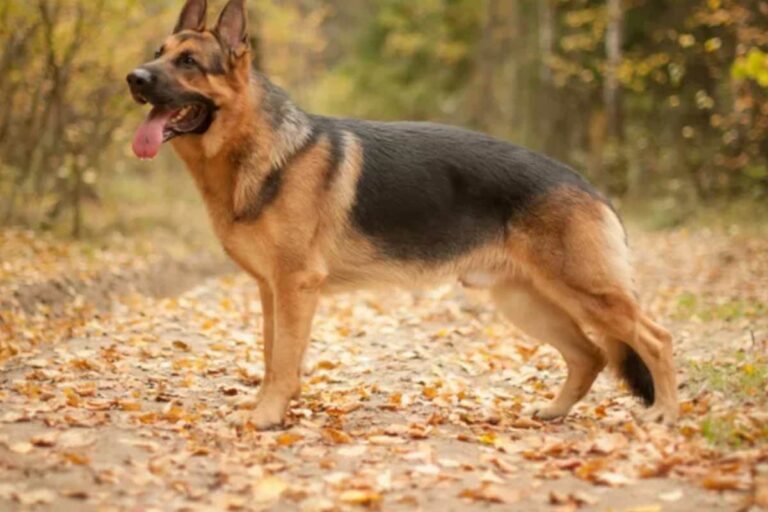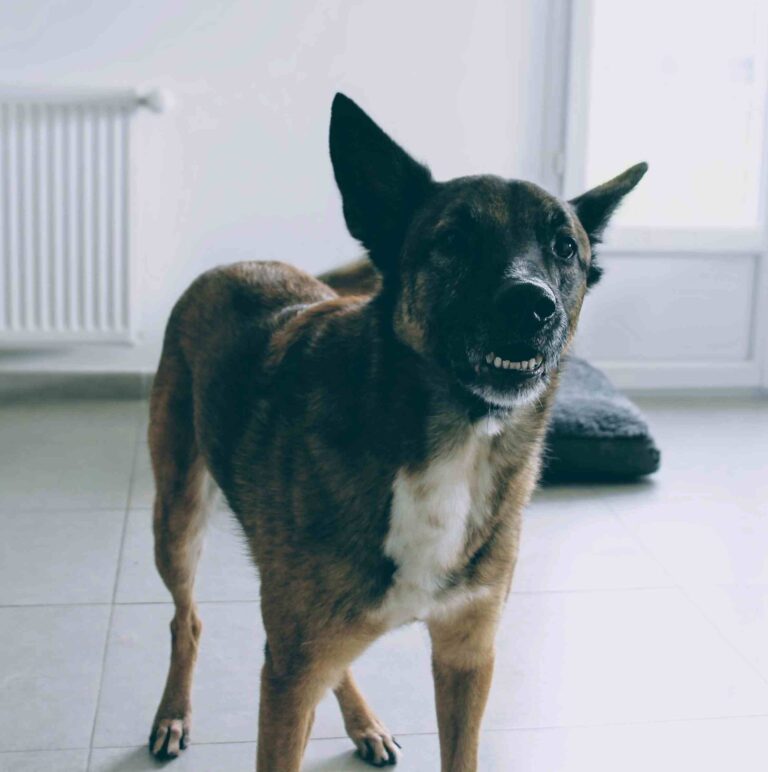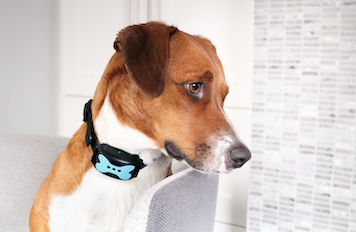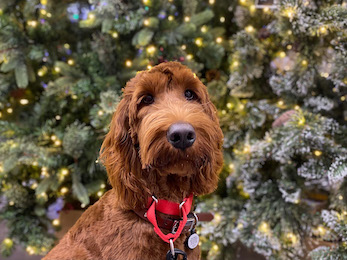Breed History
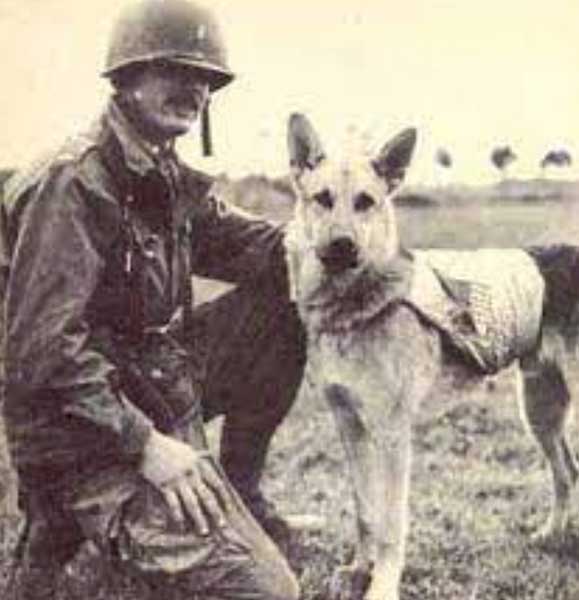
The German Shepherd is one of the most recognizable working dog breeds in the United States due to its long history as a superior worker and companion. It all began with a German cavalry officer by the name of Captain Max von Stephanitz, who took it upon himself to create the ideal German herding dog in the final years of the 1800’s. Up to this point, each district of the country had had its own distinct type of shepherd dog unique to the area. By selecting from these various strains, von Stephanitz combined those with favorable characteristics to create the ultimate German farm dog. The breed was first seen in the United States in the early 1900’s and was recognized as an official breed of the Herding Group in the American Kennel Club (AKC) by 1908. The first World War, and the accompanying politics, led to a decline in interest in the breed in many countries including the United States. In Germany however, the versatility, resolute attitude and unending work ethic of the breed were distinguishing them as an unsurpassed war dog. Following the end of the war, television characters such as Rin Tin Tin soon brought the breed back into the spotlight and led to a resurgence of popularity in the United States.
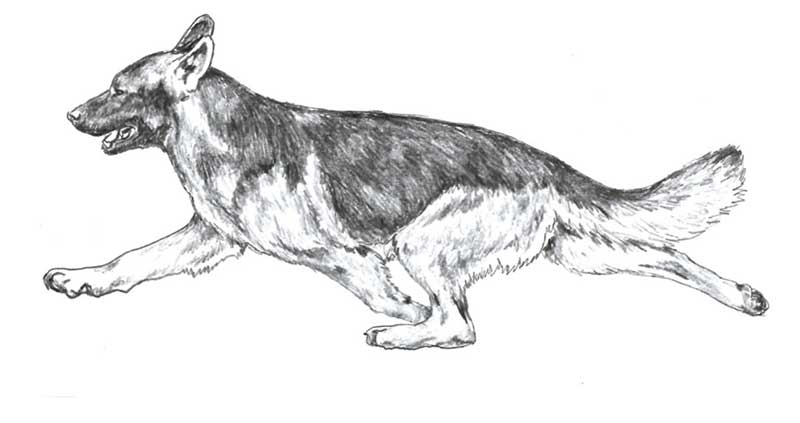
Breed Characteristics
The German Shepherd dog is of medium to large stature, maturing to around 60-80lbs as an adult. Their medium length, double coat is generally fairly wash and wear, requiring regular brushing, but needing little additional attention. As with many double coated breeds, Shepherds are moderate shedders, christening all their belongings, including their people, with marks of their presence and love. Most people will recognize the German Shepherd in their classic colors of black and tan, however this breed comes in a wide range of coat colors and patterns. Built to be an athlete, their long legs and deep chest lend themselves well to any job the Shepherd might undertake. While generally healthy, the breed does experience some genetic diseases which responsible breeders will screen for when possible. Hip and elbow dysplasia, and degenerative myelopathy, which affects the spinal cord, are some of the more common issues found in the breed. Due to their deep chested confirmation, bloat or gastric dilatation volvulus, is also a concern with some dogs.
Is The German Shepherd Right For You?
Having a job is something that most German Shepherds thrive on and undertake with enthusiasm. Given the history of the breed, it is no surprise to find that they can excel at a wide variety of occupations. Many members of the breed still retain the instincts that were necessary to perform their original task, herding and guarding sheep. However, they are far from limited to livestock care! Channeling the German Shepherds high drive and significant energy, not to mention their substantial intelligence, in a positive direction can take many forms. Often seen in the competitive obedience ring, on the agility course, and in the protection sport world, these dogs truly have few limits. Due to their early working roots, many shepherds have a tendency to choose one special person that they attach to, although they love every member of their family. Most owners will readily admit that they have a shadow wherever they go. This high level of investment and engagement makes the shepherd an ideal working partner, regardless of the undertaking! Outside of the companion dog realm, many shepherds excel as service dogs for the disabled, search and rescue, and fulfill various military and law enforcement roles.
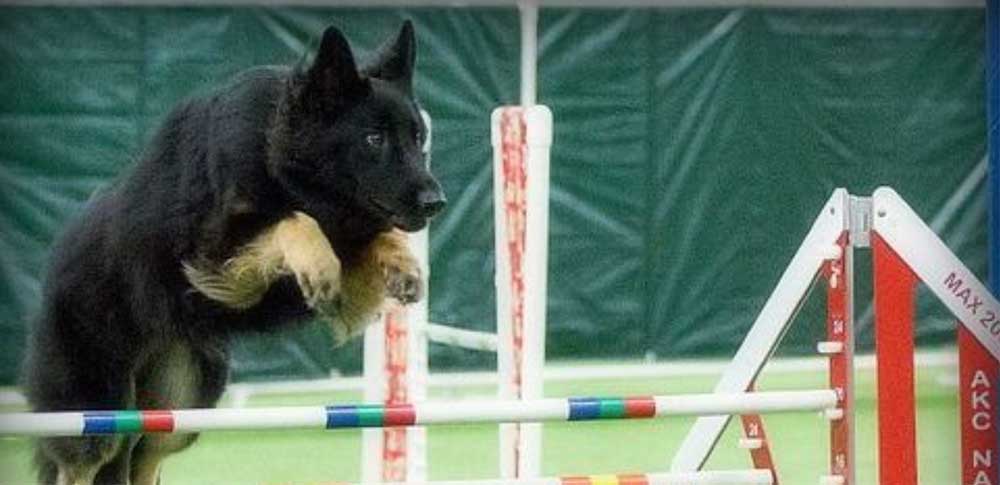
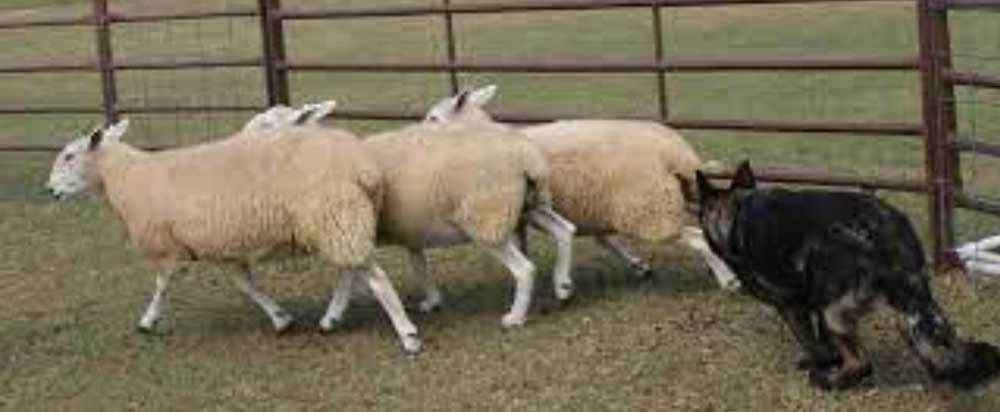
Even without livestock to guard, many Shepherds take the protection of their homes and families very seriously! Teaching young shepherds, or new additions to the family, how to appropriately interact with guests through positive socialization is an important focus for their early training. As with many herding breeds, shepherds tend to experience the world with their mouths, especially when playing or excited. To ensure household harmony, it is important to teach them to discriminate when it is acceptable to use their mouths, and when it isn’t. While often goofy with their people, the shepherd’s serious attitude towards the rest of the world makes them excellent candidates for everything from basic obedience training to more advanced endeavors.
The ideal household for the German Shepherd is one that can embrace the shepherd’s high level of involvement (owners will never complete another task alone ever again!) and understand how seriously most members of the breed take their occupation. Rare is the shepherd who is willing to laze at home without adequate outlets for their keen intelligence and considerable energy. Without these appropriate channels, they can be quite creative in making up their own entertainments, sometimes much to the dismay of their owners. Many shepherds do well in families with children, especially once they have reached maturity and gained the impulse control necessary to stay calm around small, active, children. When exposed young, or introduced properly as adults, many shepherds do well in multi-pet households. Some members of the breed may struggle with their inherent desire to herd or chase other species, however appropriate training can usually address this. Often thriving on routine, some shepherds will enjoy going out and meeting new people, as long as their personal space is respected. Any owner who is willing to invest the time and energy required to produce a well trained and active shepherd will be rewarded with a bond like no other.
Finding your next family member
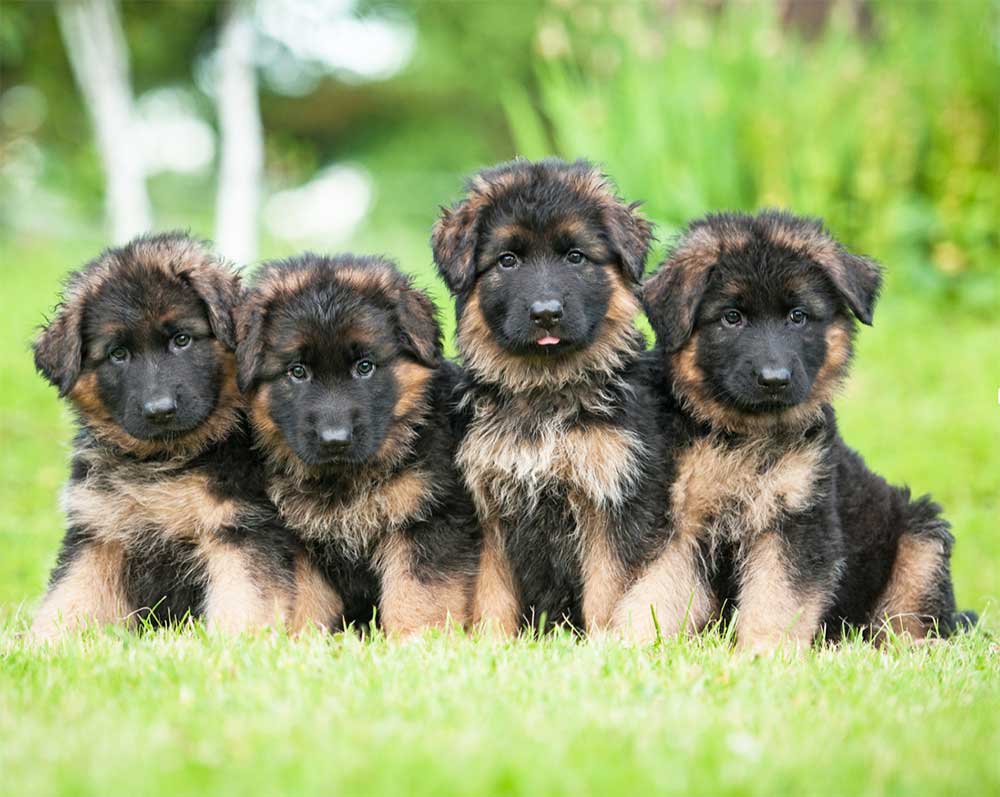
When choosing a puppy of this breed, ensure that appropriate health testing has been done on both parents and possibly grandparents. The American Kennel Club outlines what tests are suggested for each breed to prevent the continuation of genetic diseases. The recommended health tests for Shepherds are hip and elbow orthopedic evaluations. When meeting the puppies, ask to see both parents and any other related dogs that may be on site. Both puppies and adult members of the breed should seem friendly and congenial, any sign of overt aggression (apart from a female with very young puppies) should be cause for concern. Some Shepherds may initially come across as reserved or standoffish, but should relax and become more social once introduced by their owner. Avoid dogs from families who remain hostile, or continue to exhibit aggressive behaviors even after an introductory period. Responsible breeders should be invested in finding the best homes possible for their puppies, so expect lots of questions and detailed conversations about setting new puppies up for success. Seek out breeders who are willing and able to provide support and information long after you take your new addition home. Most breed enthusiasts will be involved in confirmation exhibitions or other sports to help further the breed, with the production of puppies as a secondary goal. When inspecting the puppy raising areas, watch for good hygiene and sanitation which will lead to healthy puppies. Since proper socialization starts well before puppies are ready to leave their mothers, it is important to consider what types of early experiences each litter has been exposed to. Puppies who have lots of early, controlled, positive, experiences with a variety of people, animals and environments are generally predisposed to later social success.
If your new family member is coming from a rescue situation, it may not be possible to gather some of this information. However, many of the same guidelines will apply. Given that the shelter environment can be overwhelming for some dogs, some level of initial reticence or shyness may be seen. Taking dogs for a brief walk outside of the rescue can sometimes help them relax and bring out more of their true personality. Once they have had a chance to get more comfortable, look for a dog who is willing to engage with you and will solicit your attention.
Regardless of their origins, German Shepherds make some of the best canine partners and companions. When given the training and opportunity, they can excel at almost any sport or occupation, and are truly invested in working with their humans to that end. Getting to witness the goofy side of these normally serious dogs is a true privilege and pleasure.
